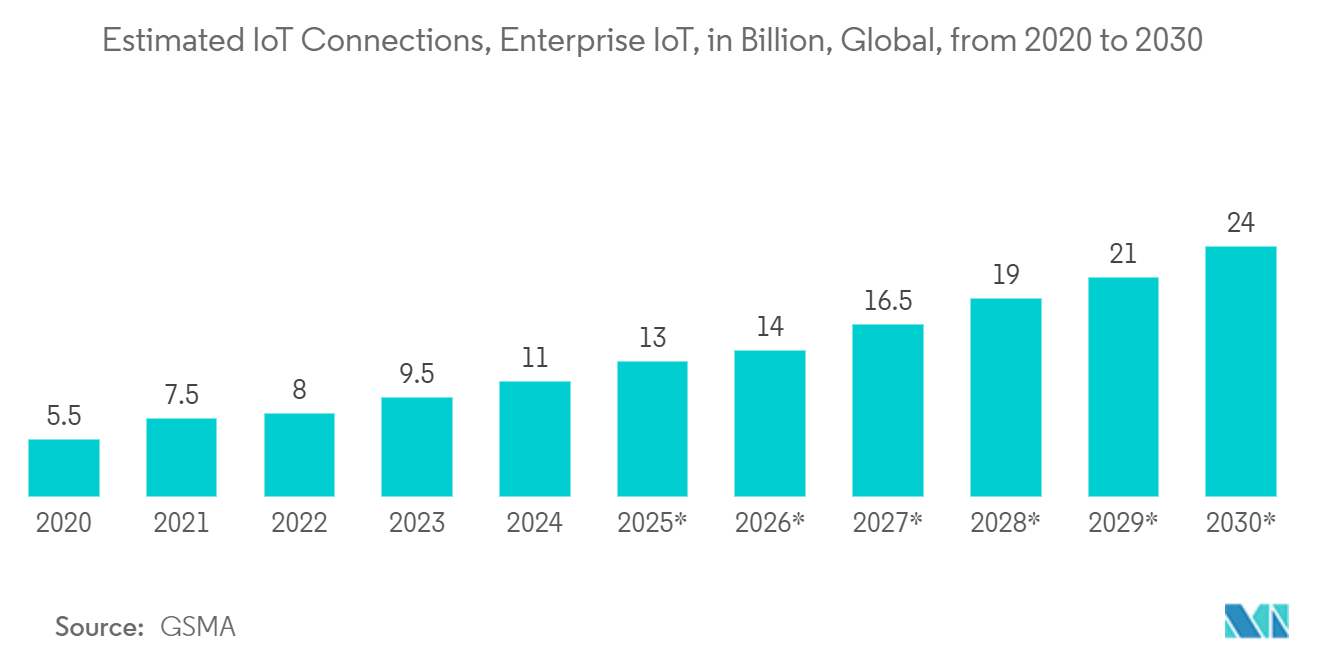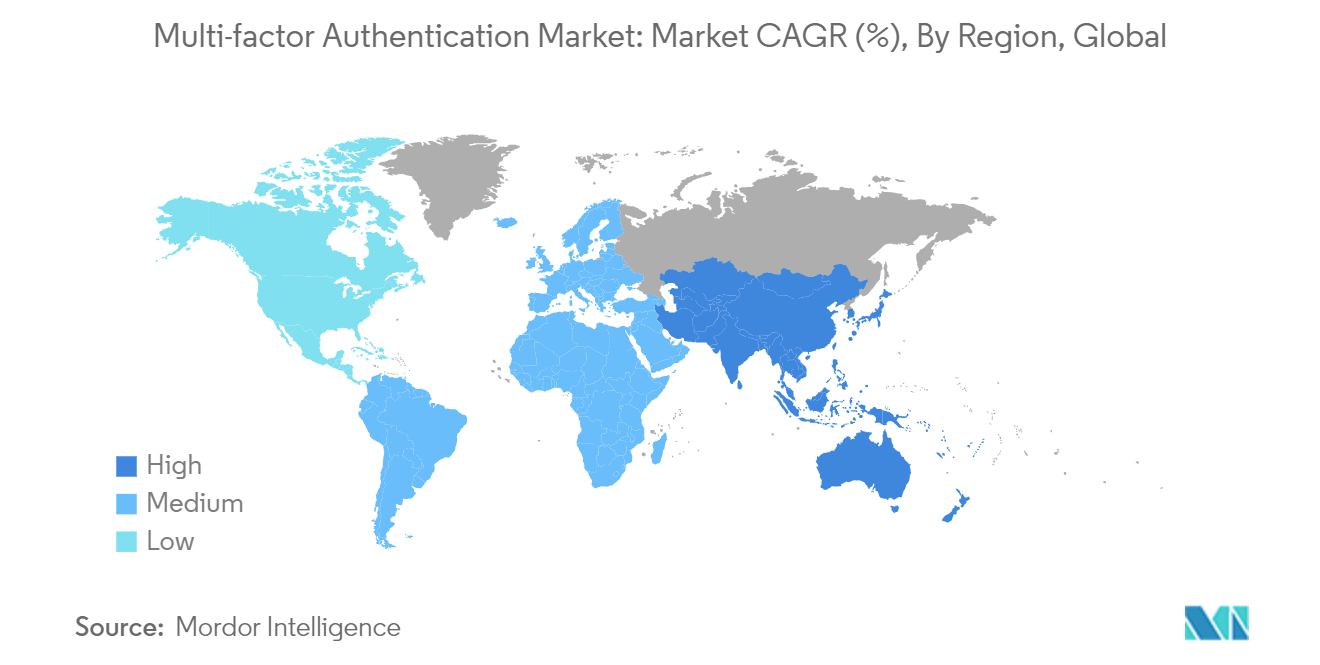Market Trends of Multi-factor Authentication Industry
Two-factor Authentication Type to Witness Major Growth
- There has been a growing demand for two-factor authentication globally as it adds a layer of authentication, typically requiring something the user knows, such as a password or an OTP. This multi-tiered approach significantly reduces the vulnerability to phishing attempts and credential stuffing, thereby providing strong security to digital assets.
- Additionally, the growing number of data breaches and cyber-attacks has underscored the inadequacy of reliance solely on passwords. The compromised credentials of one platform often serve as the keys to unlocking multiple accounts, leading to reduced breaches with far-reaching repercussions. Due to this, most companies are integrating two-factor authentication into their authentication frameworks. With this, organizations can eliminate unauthorized access even during password compromises, driving the demand for two-factor authentication.
- Furthermore, as the demand grows, most companies have started implementing two-factor authentication systems to provide more security to their users, driving the market’s growth. For instance, in April 2024, the Pension Fund Regulatory and Development Authority (PFRDA) of India announced that the organization planned to revamp its current login process for the National Pension System (NPS) to enhance its security system. The organization has implemented a two-factor Aadhaar authentication and made the new security mandatory for all password-based users logging into the Central Recordkeeping Agency system of the NPS.
- Furthermore, the growing cloud-based services and the advent of Internet of Things (IoT) devices have expanded the cyber threats exponentially. As of March 2023, GSMA reported that the Internet of Things (IoT) connections across the world in enterprises are increasing significantly, and these connections would reach 44 billion by 2030, raising the risk of data breaches. Due to this, cloud service providers and enterprises have started implementing two-factor authentication, which can authenticate users and devices across disparate platforms and environments.

North America Holds the Largest Market Share
- The United States faces a sophisticated and evolving cyber threat landscape. It is at the epicenter of cybercrime due to the growing penetration of digital technologies in end-user industries compared to other countries. Businesses in the United States face a higher volume of cyber-attacks, which incur costly consequences. Cybersecurity has become an increasingly important area of focus in the country, owing to the rising number of cyber threats and attacks that organizations and individuals face.
- Additionally, as per the Identity Theft Resource Center (ITRC) report published in February 2024, in 2023, the United States recorded 3,205 data breaches, a 78% increase from 2022 and a 72% increase since 2021. Such high-profile data breaches and cybersecurity incidents have raised awareness among businesses and consumers about the importance of implementing robust security measures to safeguard personal and sensitive information. Hence, companies are increasingly adopting multi-factor authentication solutions to help organizations mitigate the risk of account takeover and identity-related fraud.
- The cybersecurity market in Canada is evolving with the increasing digitalization trends in the private and public sectors. For instance, the country's energy sector is witnessing a transformation driven by digital technologies such as cloud, AI, IoT, and quantum computing. As the industry evolves, the country's cybersecurity demand is growing.
- The shift toward cloud deployment of security solutions to minimize the total cost of ownership is anticipated to offer multi-factor authentication solution providers the opportunity to develop solutions to suit customer demands in the country.


